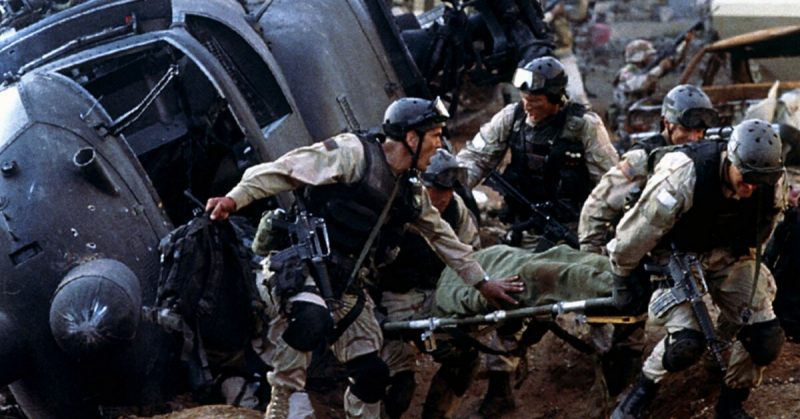When Ridley Scott’s “Black Hawk Down” came out in 2001 it had all the features that make a great movie. As well as drama, tension and tragedy there were also some pretty amazing scenes featuring the now famous Black Hawk helicopters which gave the film its name.
The film tells the story of the Battle of Mogadishu also known as the Day of the Rangers after the elite group of US soldiers who were involved in the operation. It was adapted from a book by American journalist Mark Bowden – Black Hawk Down: a story of modern war.
Bowden had originally published a series of articles in the Philadelphia Enquirer telling the story of America’s attempt to intervene in the fighting between rival clans in Somalia with the objective of capturing the warlord Mohamed Farah Aidid who looked likely to take control of the country.
Background
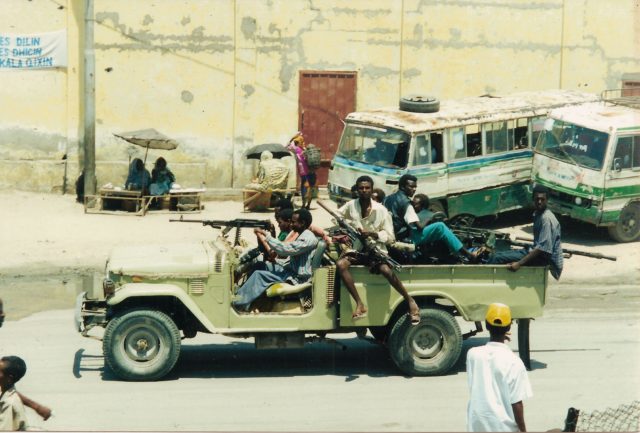
Years of civil war had left Somalia in a fragile state. International attempts to alleviate the problems were being hampered by the political situation. Many people were starving because the energy and effort that should have gone into food production and gathering harvests went instead into fighting.
Organizations trying to provide humanitarian aid were in grave danger, so some of the international aid agencies were forced to withdraw assistance. When food supplies were delivered they were often stolen and used to feed the various militia groups – depending on which side managed to seize the goods first.
As a result, food supplies often failed to reach the many starving civilians for whom they were intended.
It was not only international humanitarian efforts that were at risk. There was a UN military presence in the country, but their role was challenging and dangerous.
One of the events that brought the seriousness of the situation to international awareness was a firefight that led to the deaths of 20 Pakistani UN soldiers.
On another occasion, 20 Somalian civilians were killed by a UN soldier who fired into a crowd in an attempt to restore order.
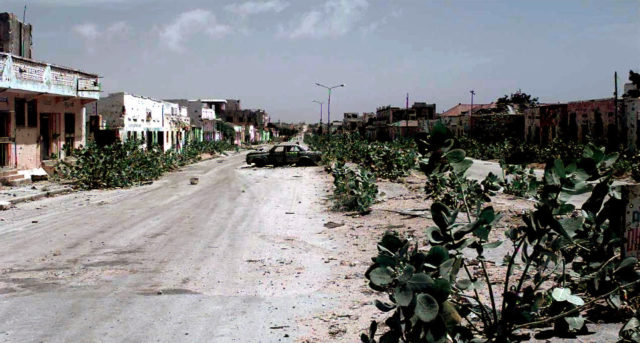
The Campaign
By 1993 the country was in a state of crisis and America’s response was to train a group of highly skilled soldiers for a mission that they hoped would bring some stability to the country.
Two elite units, the Delta Force and the Army Rangers, combined their strength to form a group that would be known as Task Force Ranger. Their mission was to capture the warlord Aidid who was edging closer and closer to seizing power.
The Americans, although they were highly skilled and had more sophisticated weapons faced a number of disadvantages. They were not only fighting in unfamiliar territory; they were fighting in a very different kind of terrain.
Many of the battles took place within the urban sprawl of Mogadishu with its narrow, crowded streets making it difficult to maneuver. The Somali Militia were much more experienced fighting in this kind of territory which gave them a definite advantage.
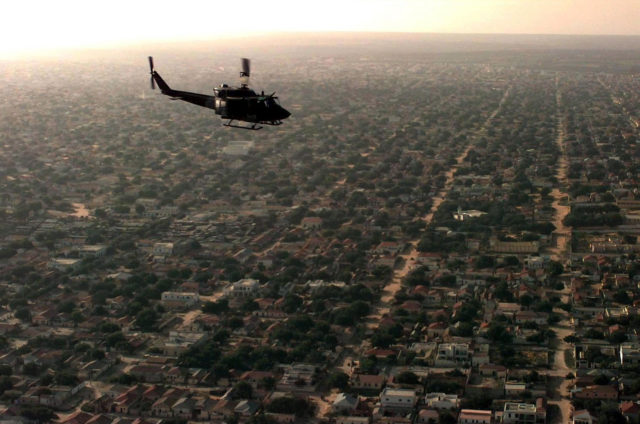
The Americans also had little useful intelligence to help them plan their campaign. They arrested a civilian who they had mistakenly thought was Aidid.
On another occasion, they captured a group of 20 soldiers they believed to be part of Aidid’s militia. The soldiers turned out to be part of a UN Special Envoy.
Many of the local people regarded the US troops with suspicion, so they did not have a strong network of informers to provide them with useful intelligence.
Aidid, however, had either gained enough loyalty or created enough fear to ensure that few were willing to help the US campaign. Even the offer of a $25,000 reward was not sufficient to persuade the locals to turn the warlord in.
Black Hawk Down
On 3 October 1993, the US forces thought that the opportunity to capture Aidid had at last arrived. They went to a run down building in Mogadishu where they believed that a meeting was taking place and that Aidid would be present.
The plan was that Delta Force would enter the building while the Rangers provided cover outside. Although Delta Force captured 24 prisoners, who were supporters of Aidid, they did not capture their intended target.
Again their intelligence was wrong, and Aidid was nowhere to be found.
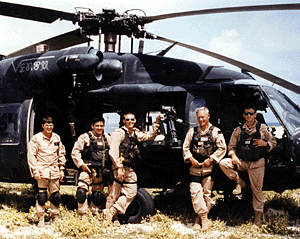
The Rangers’ raid on the building was backed up by a missile attack from the Black Hawks. Once the attack was underway, Aidid’s forces rounded up supporters including armed civilians who in the chaos and confusion thought that they were also under attack.
Then the first of the Black Hawk helicopters was shot down, and this became the defining moment of the battle. The helicopter was sent into a spin while a second one was damaged but managed to remain flying. The pilot and crew of the damaged helicopter were soon on their way to the site of the crashed helicopter.
A convoy of US soldiers was also making their way to the crash through the streets where fighting had broken out. Very soon news came that another helicopter was down. The convoy rescued those they could from the scene of the initial crash before continuing to the site of the second.
The following day the US soldiers were evacuated from the crash sites and taken to a UN base. The casualties were high. Of the American task force, 18 soldiers had been killed, and 73 were injured. Also, the pilot of one of the Black Hawk helicopters had been taken prisoner. Losses, though, were far greater among the Somalis.
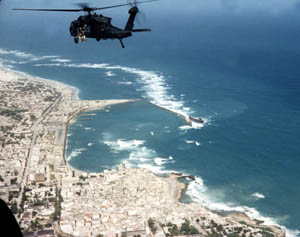
Hundreds, including many civilians, died in the operation. Inevitably this contributed to the hostility towards the US soldiers whose bodies were seen being dragged through the streets. The Delta Rangers were called back and withdrew days later.
Although they had captured or eliminated a substantial number of key figures among the Somalian militia, the object of their campaign, the capture of Mohamed Farah Aidid still eluded them.
Unlike many war movies, Black Hawk Down is not a story of heroism and glory. It is the story of how a meticulously planned campaign went disastrously wrong.
Video
Newly-released footage from the Battle of Mogadishu shows the moment helicopter was shot down stranding US troops in enemy territory
https://www.youtube.com/watch?v=NYg8JGEP4ws
